I did some birding late morning at the Scuppernong Springs Nature Trails in South Kettle Moraine in Waukesha Co. Wisconsin. I did get some nice views of the Hermit Thrush, Yellow-rumped Warbler and Ruby-crowned Kinglets. Some of the other bird species present were the Brown Creeper, Yellow-bellied Sapsuckers, Sandhill Cranes and Turkey Vultures. There was some sun today but the steady winds made it feel like a cold day. Images taken on April 16, 2014.
Hermit Thrush
Binomial name: Catharus guttatus
Category: Thrushes
Size: 6.75” long, 11.5” wing span
Weight: 1.1 oz.
Habitat: Breeds across parts of the western US, upper Great Lakes region, Northeastern US, Canada and Alaska. They use a variety of habitats such as coniferous or mixed hardwoods. They can sometimes be found in open areas such as edges of ponds, along trails, mountain glades or open areas of fallen trees. They winter in southern US, east and west coasts down to most parts of Mexico.
Diet: Main diet is insects in spring-summer changing to more fruit sometimes berries in winter. On occasion they will eat small reptiles and amphibians. Hermit Thrushes forage on the forest floors scraping through leaves or sometimes in trees hopping around for their food.
Nesting: The nest is cup shaped 4-6 inches across on the ground or in low vegetation, sometimes under a small conifer or shrub. The female constructs the nest of materials such as wood parts, mud and lichen, pine needles, grass and leaves. The nest is lined with willow catkins and fine plant parts. Construction of the nest takes 7-10 days, typically 4 eggs are laid. The male finds and brings the food to the female who then feeds the young.
Cool Facts: The Hermit Thrush stands and acts similar to an American Robin, but is smaller in size.

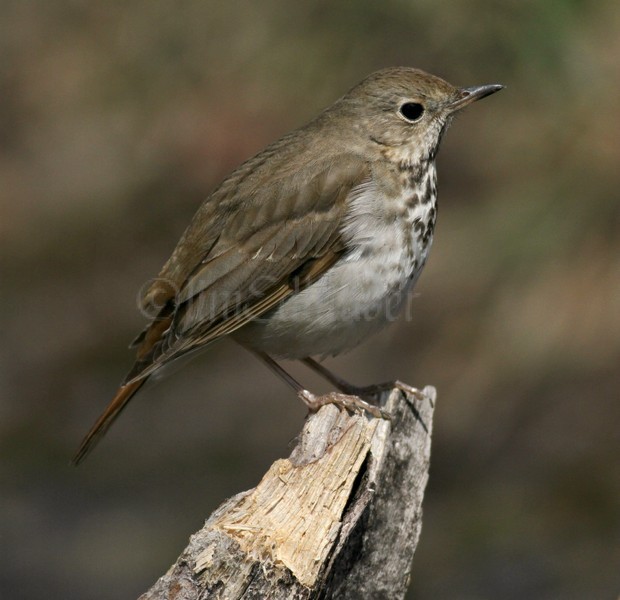

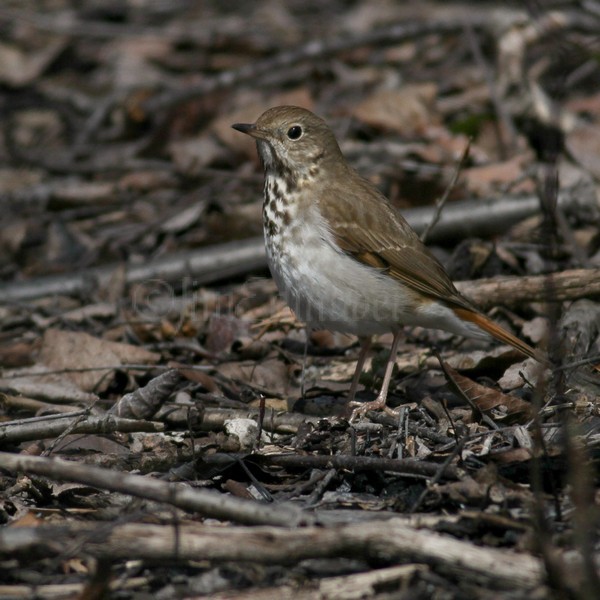


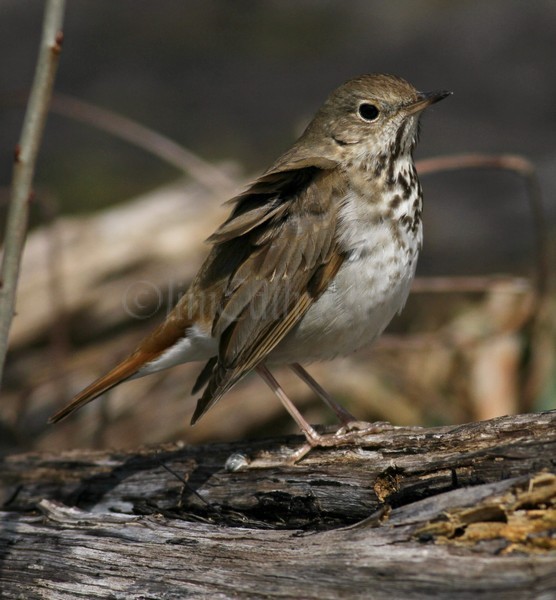
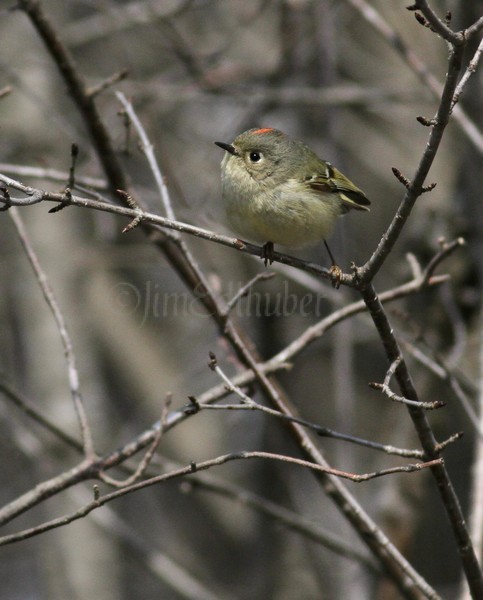
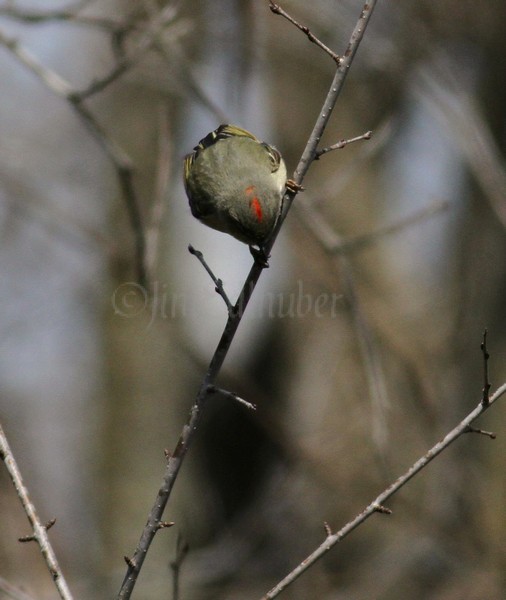

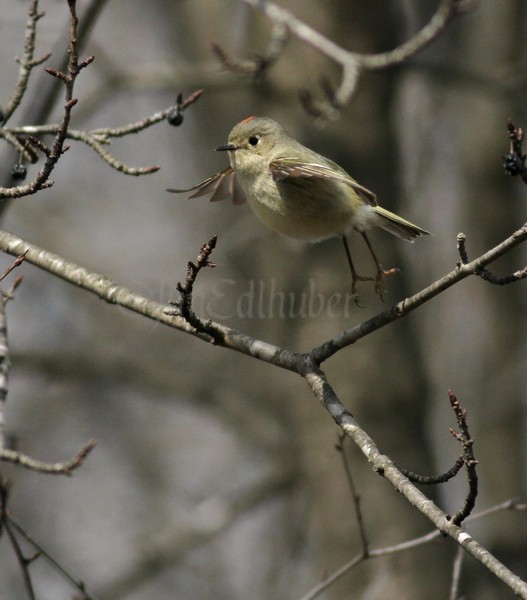
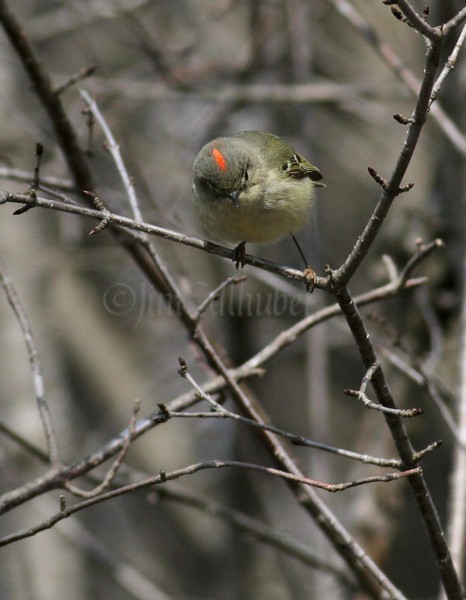

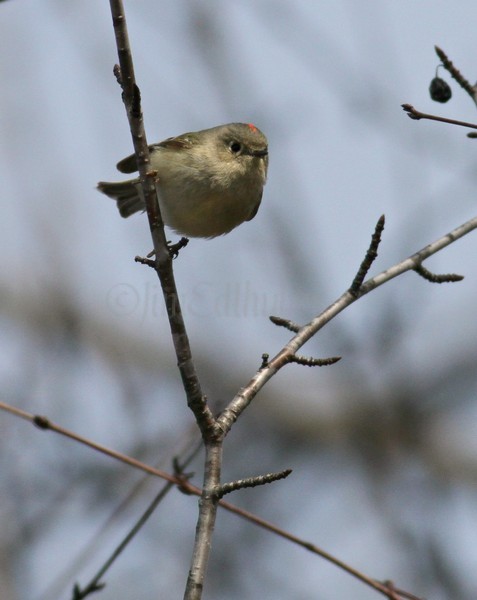
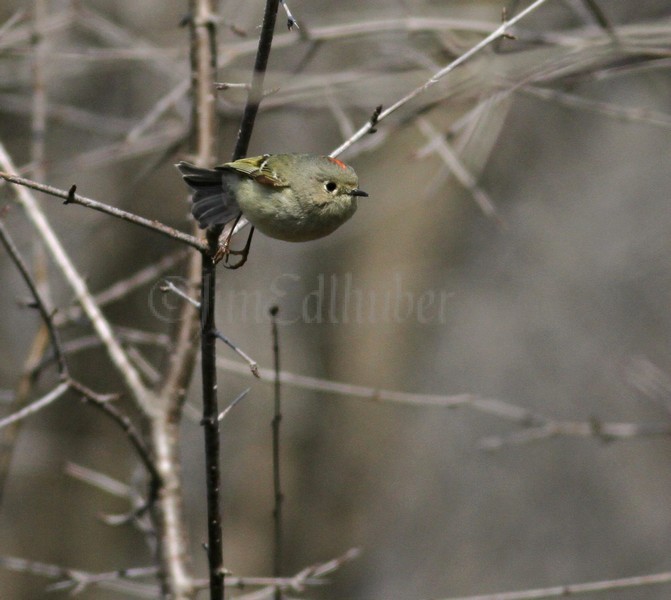
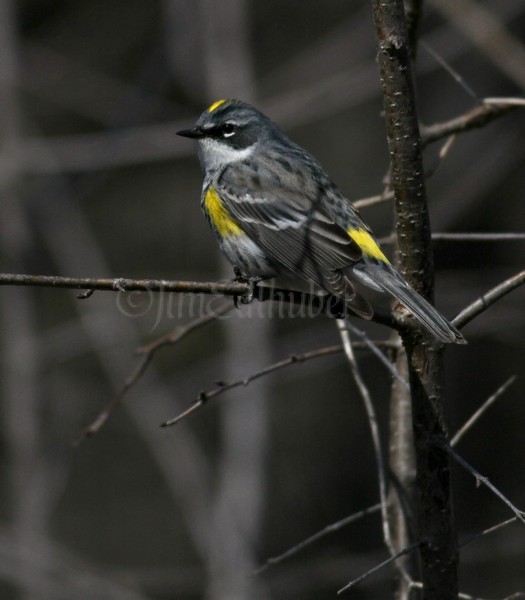
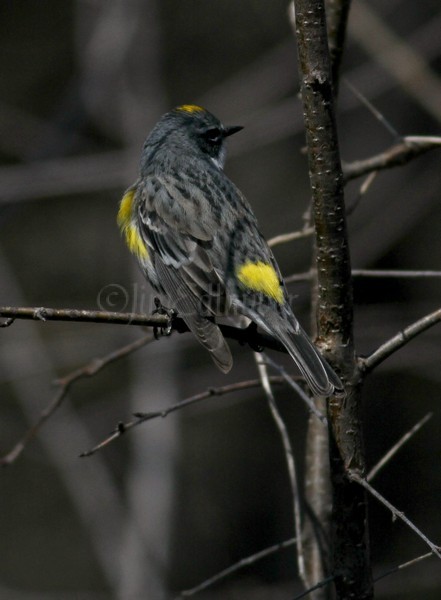
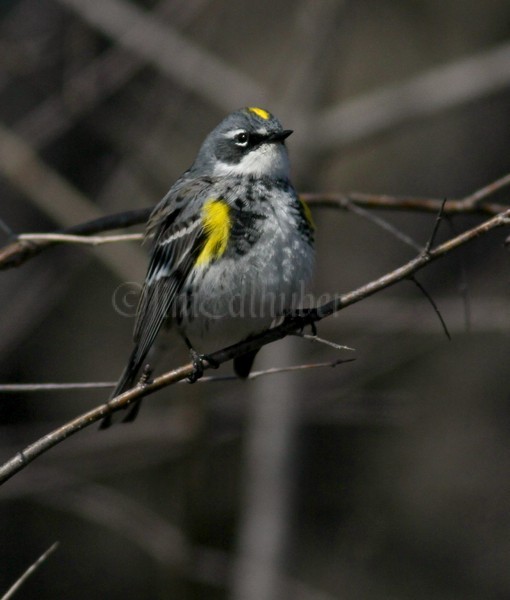
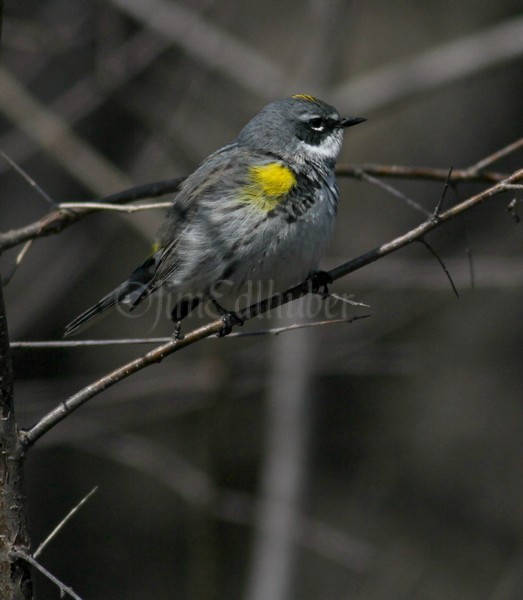

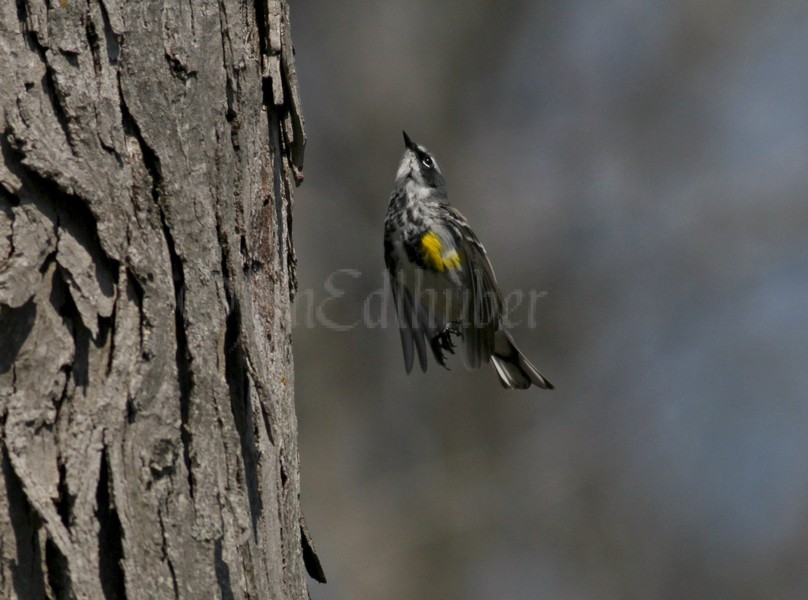


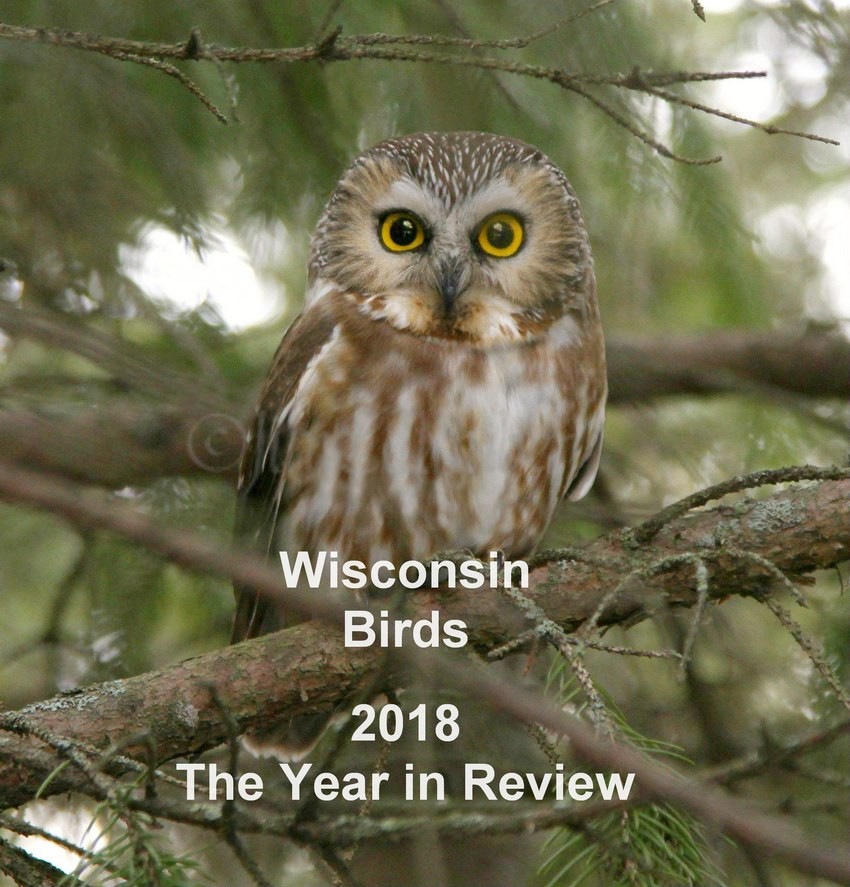
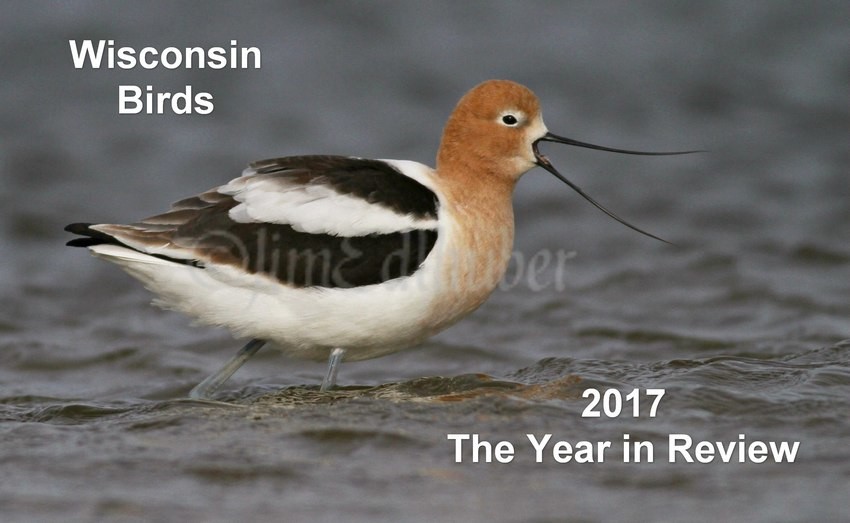
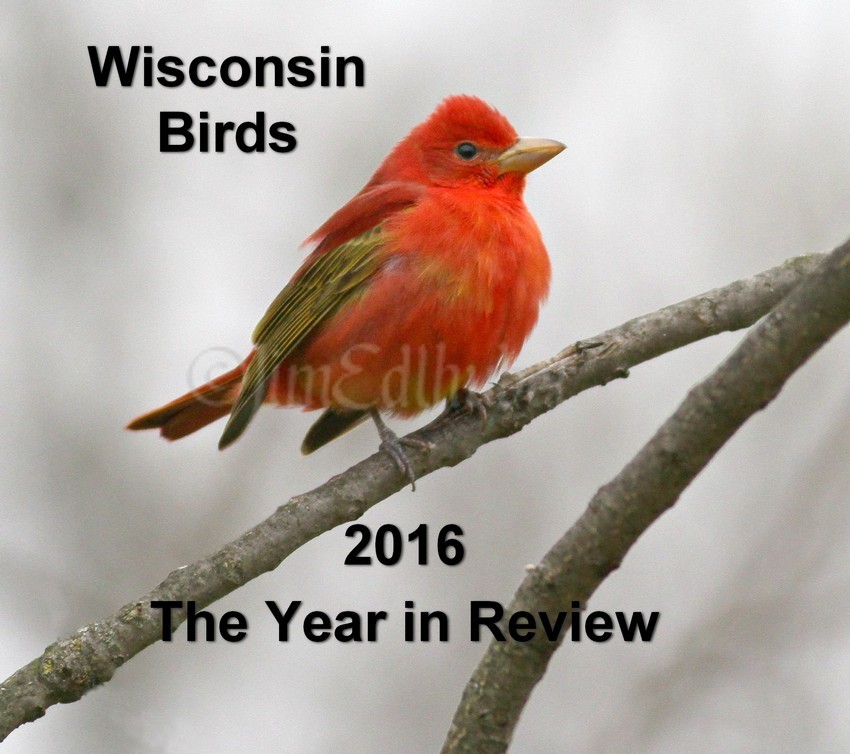
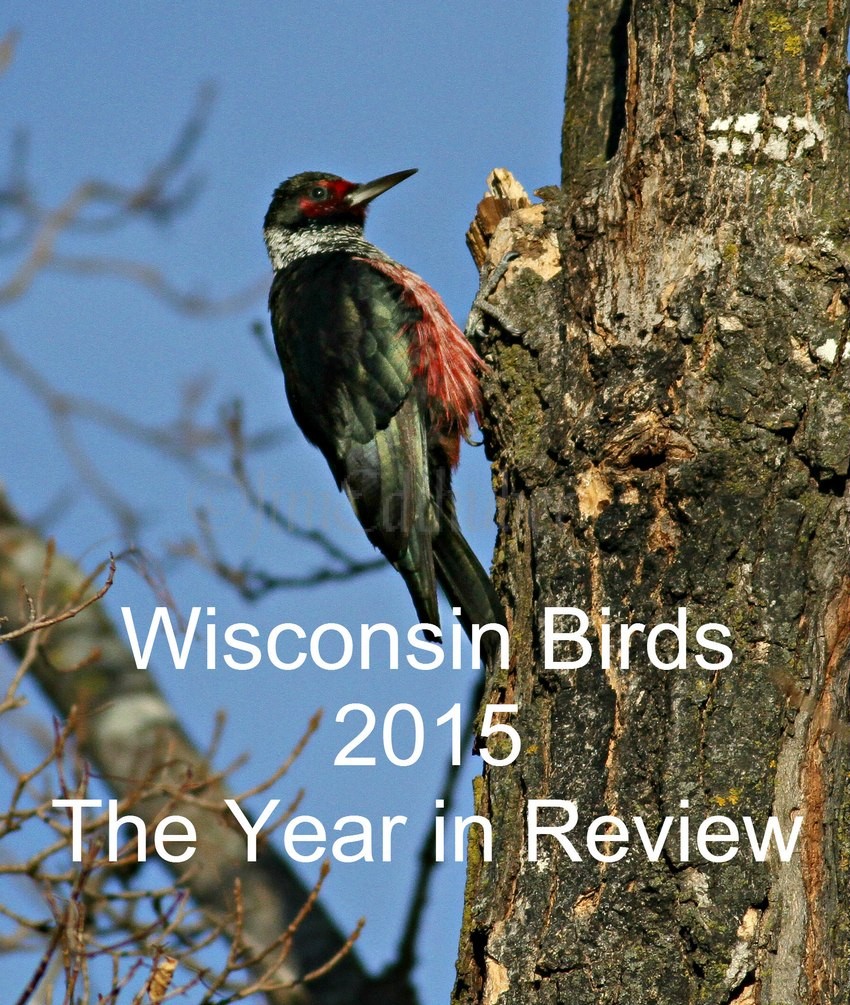


Thanks for sharing Jim. I was doing a bit of birding in Sheridan Park last weekend and saw I few birds I didn’t recognise. I was able to identify one as eastern towhee, if I recall. Another I couldn’t seem to ID with my Stokes guide book. Now here I see it in your photos. It’s the Ruby-crowned Kinglet. =^]